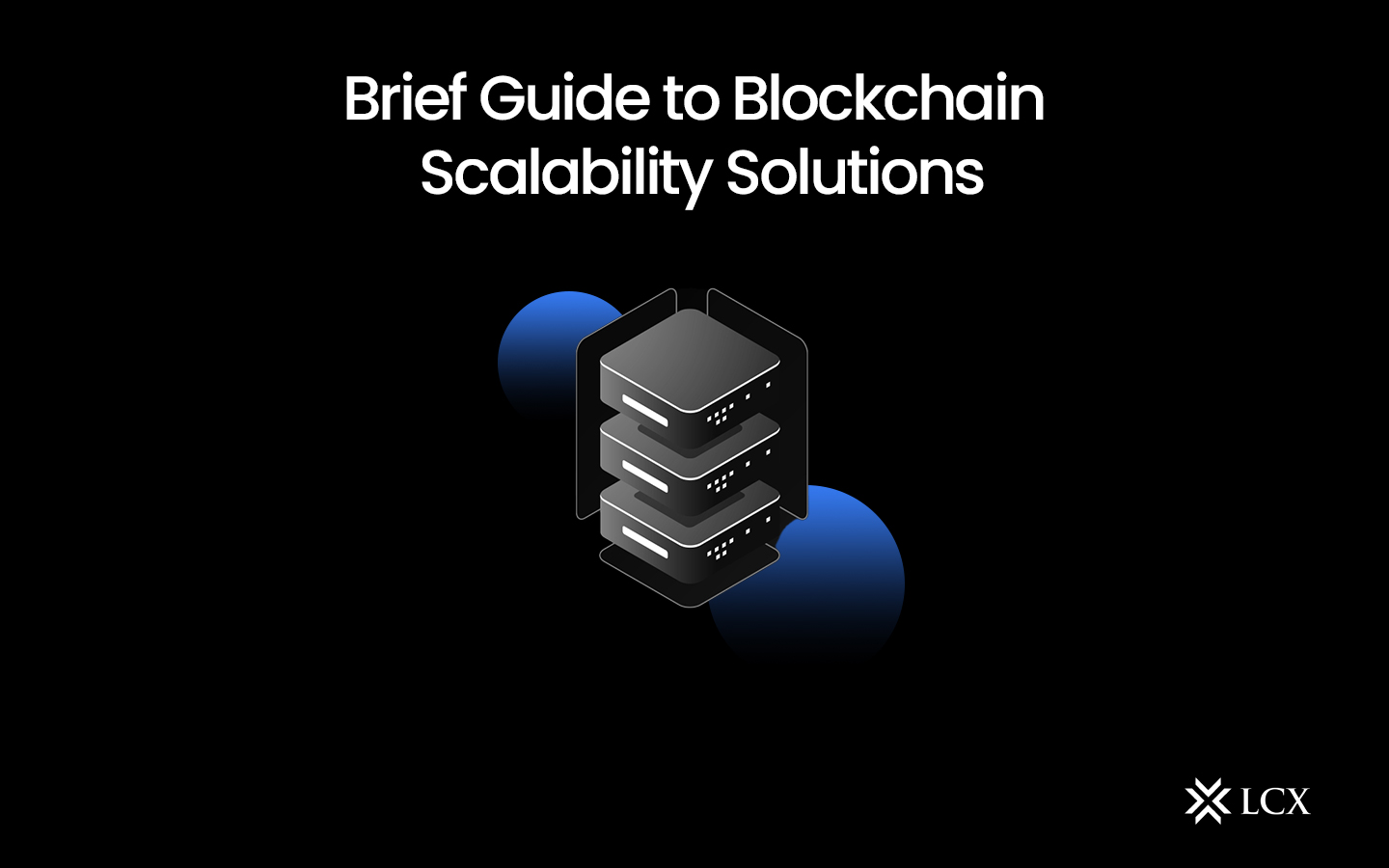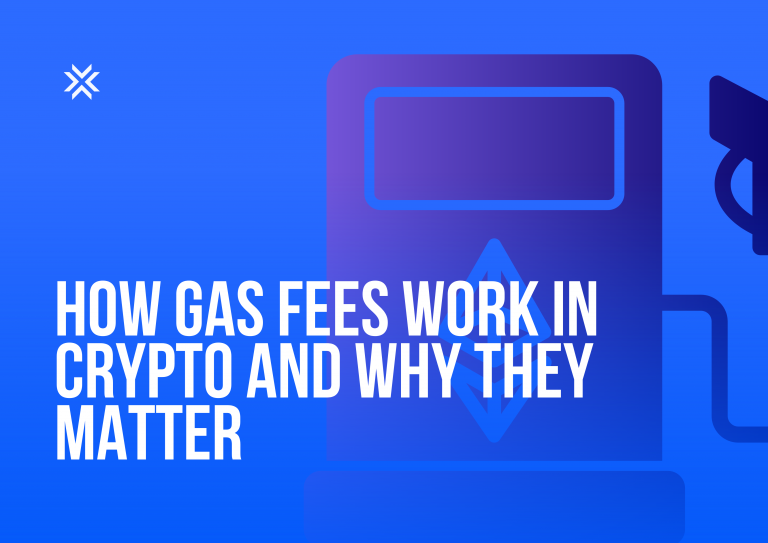Blockchain technology has been a groundbreaking development in the world of digital finance and decentralized applications. Its promise of transparency, security, and trust has made it a game-changer in various industries. It provides numerous advantages, including autonomy, data auditing, tokenization of assets, immutability, transparency, and, most significantly, decentralization. Although blockchain supports the technological world in numerous ways, it lacks scalability, resulting in latency, when a business or startup considers adopting blockchain technology.
Blockchain is a distributed, decentralized ledger that concentrates on decentralized transaction management. With decentralized transaction management, any node can independently initiate a transaction as per the parameters set by a smart contract with no third-party interference. Consequently, as the number of users adopting the technology increases, scalability issues increase, resulting in transaction latency. Various scalability solutions exist to resolve these problems.
What Is Blockchain Scalability?
Scalability refers to the capacity of a computer system (such as a database or a search engine) to handle an increasing volume of work. With a large quantity of data, a blockchain network does not scale effectively or has poor scalability. Insufficient efforts have been made to adapt Blockchain to the growing workload, data, and resources (such as computing power, servers, and bandwidth).
In the context of blockchain technology, scalability has a diversity of implications. Increasing the scalability of the Bitcoin network, for instance, refers to enhancing Bitcoin in terms of its throughput, bootstrap time, latency, and transaction cost.
Although their throughputs vary considerably, multiple blockchain networks can be described as “scalable.” It is crucial to recognise that the term “scalable” in Blockchain technology is contradictory. When a blockchain platform is scalable, it achieves a higher TPS than other existing systems by altering or evolving its consensus method and modifying particular system characteristics.
What Is the Problem of Blockchain Scalability?
The inability of public blockchains to leverage large amounts of data impedes the need for optimal scalability solutions in blockchain-using industries. In a centralized system, a third-party intervention charges exorbitant transaction fees in order to execute a transaction. This third party monitors and manages the data of all parties involved in the consolidated online transaction.
Blockchain is an immutable ledger that administers cryptographically signed transactions on P2P networks, in contrast to centralized systems. Blockchain does not permit a third party to intervene, ensuring the security of transactions and eradicating the cost of a third party. Blockchain, a decentralized technology with an immutable ledger, records and processes a substantial volume of transactions. As a result, the blockchain encounters scalability issues as the number of nodes and transactions increases. Blockchain networks such as Bitcoin and Ethereum confront significant scalability issues in terms of data computation.
To address the issue of low scalability, public blockchain platforms require processing capacity, fast internet connectivity, and adequate on-chain storage. Transaction throughput and latency are the two fundamentals that impact blockchain.
Why Is Blockchain Scalability Important?
Scalability in the blockchain refers to the network’s ability to handle a high transaction throughput, and it is the primary criterion for minimizing network disruptions. The increased use cases and adoption of blockchain technology cannot affect the efficacy of a blockchain platform with exceptional scalability. Due to the large amount of data being processed on them, blockchain platforms with poor efficacy and clogged networks have poor scalability.
Scalability-related discussion of the blockchain trilemma implies that security and degree of decentralization will have to be compromised in order to attain greater scalability.
What Are the Various Blockchain Scalability Solutions?
Effective Blockchain scaling solutions are necessary, given that scalability is the most significant barrier to widespread blockchain adoption. Various solutions are currently being developed to address the scalability issue of blockchains. Surprisingly, there are four distinct methods to classify solutions to blockchain scalability challenges. Each solution category offers distinct strategies for addressing Blockchain scalability issues.
First-Layer Scalability Solutions
The first layer, or layer 1 solutions, necessitate software modifications to the blockchain’s main network. As a consequence, layer 1 solutions are commonly known as on-chain scaling solutions. Layer 1 solutions enhance the blockchain network’s fundamental characteristics and attributes, such as by increasing the block size limit or decreasing the block verification time. Sharding, segregated witness (SEGWIT), and hard forking are three prevalent layer 1 blockchain scaling options.
Sharding
Sharding is a common on-chain scalability method. It concentrates on shattering the blockchain network into smaller, more manageable pieces called shards. Afterwards, the network would conduct the shards in parallel. As each fragment handles a portion of the group’s transaction processing, the network’s processing output will increase. The network can function as the sum of its elements if it is divided into smaller pieces. Sharding eliminates the need to rely on the performance of individual nodes to accomplish faster and more effective transaction throughput.
Segregated Witness
SEGWIT, or Segregated Witness, is an additional essential contribution to the scalability of blockchains among the first layer options. SEGWIT is a protocol enhancement within the Bitcoin blockchain network that concentrates on modifying the data storage method and structure. It facilitates the elimination of signature data associated with each transaction, resulting in increased storage capacity and capacity for transactions. It is essential to note that the digital signature for validating the sender’s ownership and availability of currency occupies approximately 70% of the space in a transaction. The removal of the digital signature may make more space available for the inclusion of new transactions.
Hard Forks
A hard fork is a procedure that modifies the fundamental or structural properties of a blockchain network. Hard forking, for instance, could entail increasing the block size or decreasing the time required to produce a block. Hard forking is a prerequisite for layer 1 blockchain scalability solutions, but a contentious hard fork is the most productive option. The problematic hard fork essentially indicates a divide in the larger blockchain network, with a portion of the community contradicting the core community on specific issues. In such circumstances, a subset of a blockchain community may elect to make substantial modifications to the underlying source.
Second Layer Scalability Solutions
The viability of first-layer or on-chain scaling methods is significantly reliant on modifications to the core blockchain network. However, research into how to address a scalability challenge in a blockchain network has led to the emergence of off-chain scaling methods.
The second layer or layer 2 scalability options are off-chain scaling alternatives. Layer 2 solutions are auxiliary protocols constructed on top of the primary Blockchain, and secondary protocols would be used to ‘offload’ transactions from the primary Blockchain. Thus, layer 2 solutions can play a significant role in addressing space and network congestion issues. State channels and off-side chains are examples of prevalent second-layer solutions.
State Channels
State channels are a common component of layer 2 solutions for scalability in blockchain networks. State channels facilitate bidirectional communication between off-chain transaction channels and blockchain networks via multiple approaches. Consequently, it has the potential to considerably enhance transaction speed and capacity. Important to note is that state channels do not require the immediate participation of miners in order to validate transactions. State channels, on the other hand, function as network-proximate resources that are integrated with the aid of a smart contract or multi-signature method. When a transaction or series of transactions on a state channel is concluded, the corresponding Blockchain records the final’state’ of the ‘channel’ and any associated transactions.
Sidechains
Sidechains are also a popular choice among layer 2 solutions for determining how to address a scalability problem in the Blockchain of your choosing. Parallel to the Blockchain, the sidechain functions as a transactional chain for large-batch transactions. In comparison to the principal chain, sidechains use distinct consensus techniques.
Plasma
Plasma is a notable blockchain scalability solution in the domain of layer 2 scaling solutions. It focuses primarily on utilising child chains that commence with the parent blockchain, with each child chain functioning as its own blockchain. As a result, Plasma can be designed for use cases involving the processing of a specific type of transaction while ensuring execution in an equivalent environment with enhanced security.
Lightning Network
he Lightning Network is a well-known example of an off-chain method for scaling blockchains. Utilising private, off-chain channels on the main blockchain network, it exploits smart contract functionality. Off-chain channels may offer faster and more cost-effective transactions. In particular, by relocating transactions away from the mainchain, Lightning Network reduces the load on the mainchain. Users are no longer required to pay mining fees or wait for lengthy periods for block confirmation.
Conclusion
Blockchain scalability is an ongoing challenge that the crypto community is actively working to address. As the demand for blockchain technology continues to grow, the need for efficient and scalable solutions becomes more pressing. Innovative approaches and blockchain upgrades are all contributing to a brighter future for blockchain scalability.
The blockchain industry is in a state of continuous evolution, and the solutions discussed in this blog post represent just a glimpse of the exciting developments happening in the space. As scalability solutions mature and become more widely adopted, blockchain technology will become more accessible, efficient, and capable of supporting a wide range of applications across various industries. With ongoing research and innovation, the future of blockchain scalability looks promising, and it holds the potential to transform the way we interact with digital assets and decentralized applications.










